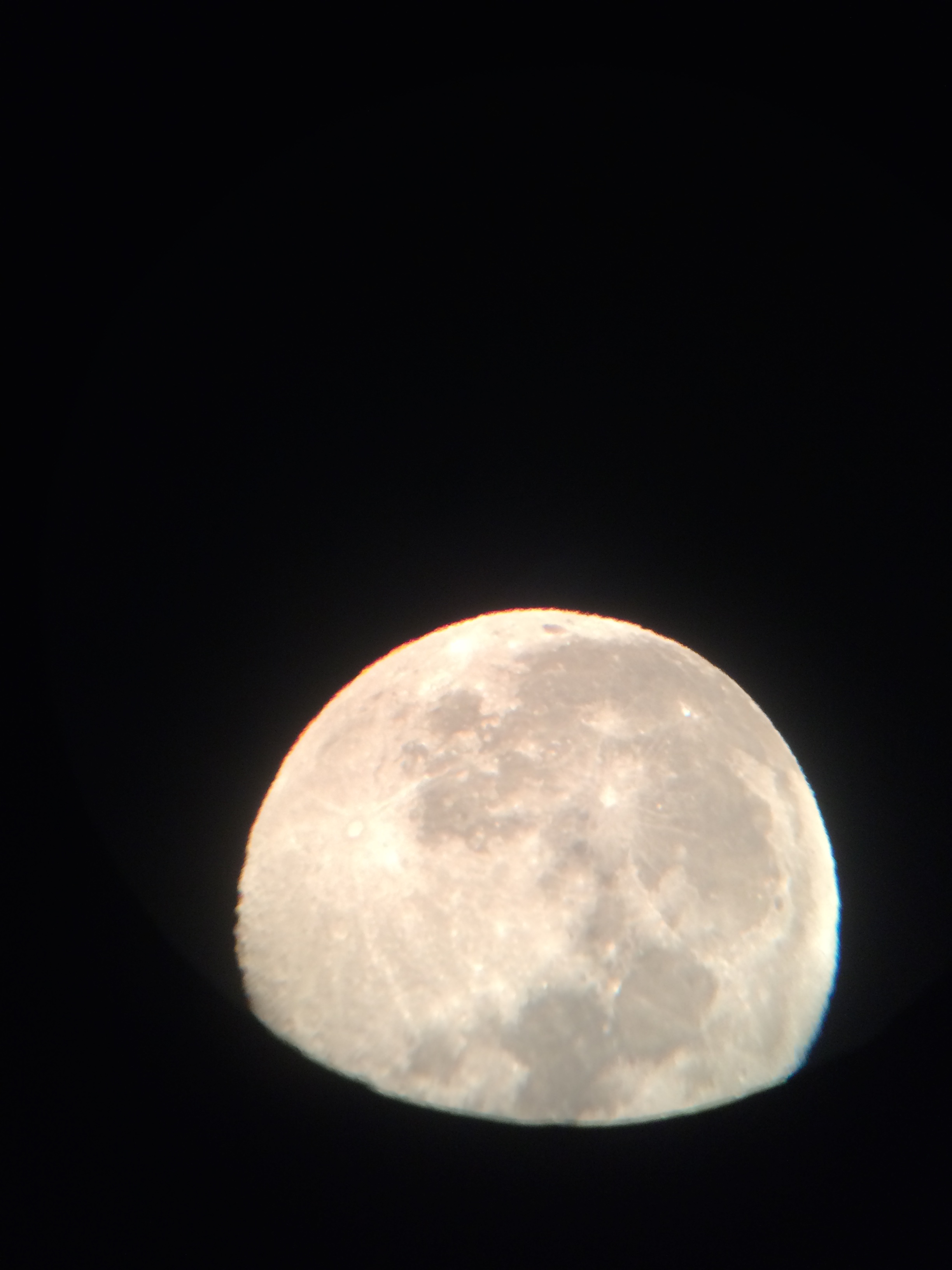SCU classes
- Physics 2: Introduction to Astronomy: The Solar System
A non-science majors lab class. The class covers moon phases and eclipses, the composition of our solar system, astrobiology and exoplanets. The SCU Physics department has 8 inch Newtonian reflecting telescopes that the students use during labs to measure the angular size of objects such as craters on the moon and binary star separations. - Physics 3: Introduction to Astronomy: The Universe (Lecture and Lab)
A non-science majors lab class. The class covers the celestial sphere, light, gravity, stellar evolution, galaxies and cosmology. The SCU Physics department has 8 inch Newtonian reflecting telescopes that the students use during labs to measure the angular size of objects such as the separation of Jupiter from its moons and the size of star clusters. - Physics 31: Physics for Scientist and Engineers I
The class covers mechanics in both linear and rotational motion. In order to create a more dynamic atmosphere in a large lecture-style class I employ the use of PollEverywhere to engage students. PollEverywhere is a free (up to 40 students) online tool where students can use their cell phones or computers to answer multiple-choice questions anomymously. I use PollEverywhere to test both the students conceptual and quantitive understanding of the material in real time. Please feel free to message me if you would like to discuss my use of PollEverytwhere in the classroom. - Physics 33 Lab: Physics for Scientists an Engineers III
The lab runs concurrent with the Physics 33 lecture and focuses on electromagnestism. - Physics 161: Introduction to Astrophysics
An upper-division physics class focused on stellar structure and evolution. I assign three projects throughout the quarter so that the students can obtain real experience in astronomical data reduction related to topics covered. The three projects focus on- Creating a three colored image
- Examining polarimetry data
- Creating a color-magnitude diagram and estimating the age of a cluster
- Physics 162: Cosmology
An upper-division physics class that focus on the past, present and future of our Universe. I assign two exercises throughout the quarter where the students use real data to recreate observations that we discuss in class. The goals of the two exercises are- To recreate the Hubble Diagram and calculate the Hubble parameter by using real spectra and light curves. Download material here.
- To investigate our accelerating Universe by examining the acceleration parameter q0 and dark energy by using real supernova data. Download material here.
(1) Adapted from Santa Clara University Physics Cosmology Exercises by Dr Kristin R. Kulas with reference to Teacher's Guide to the Universe by Lindsay M. Clark, MAP Eduction/Outreach Coordinator
(2) Adapted from Santa Clara University Physics Cosmology Exercises by Dr Kristin R. Kulas with reference to Experimental Cosmology / Deepspace Lab , Author: Dr. Jatila van der Veen, Project Scientist, UCSB Physics Department

Image of the moon from one of our 8 inch telescopes during a Physics 3 lab.
